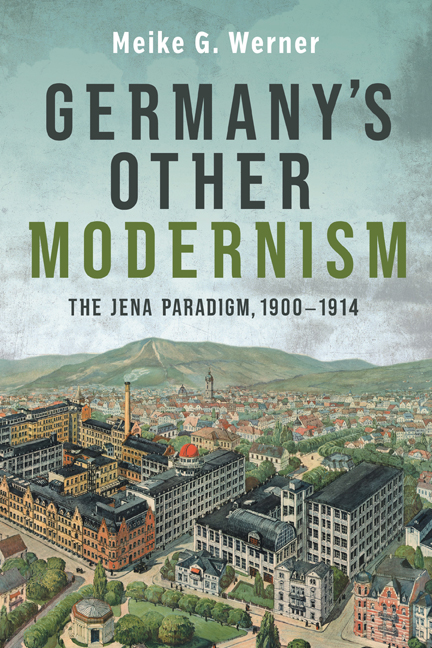Epilogue: What They Wanted, What They Became
Published online by Cambridge University Press: 11 January 2024
Summary
All my effort went into the formation of a new man.
—Johann Gottlieb FichteIN MAY 1914 THE International Book and Graphics Exhibition (Bugra) in Leipzig invited “the world to peaceful competition.” More than 2,300 domestic firms and several hundred foreign publishers from twenty-two countries answered the call. None of the major European powers was absent. The Monument to the Battle of the Nations, commemorating the 1813 defeat of Napoleon's army at Leipzig, overlooked the 100-acre site of the first “World Cultural Exhibition.” “This exhibition city lies between Leipzig and Probstheida: an international expo at the site of the historic battle of the nations!,” or so a contemporary observer dryly commented on the spectacle, a mixture of industry, technology, commerce, politics, and culture. Despite national competition, international understanding was its theme.
Diederichs's luck was good. At the invitation of the internationally respected historian Karl Lamprecht, who was, however, fiercely opposed in his own guild, Jena's visionary presented his universalist cultural program as the centerpiece of the centrally located “Hall of Culture.” Plainly the event's management wanted “diversity to come together in unity.” For this purpose, the Jena publishing house was selected from among all German publishers to hold pride of place at Germany's book trade fair, with Germany itself representing the center of Europe.
After passing through forty-seven rooms that presented the history of writing and printing along with the cultural development of mankind from Babylonian times to the present, the visitor would finally enter the “Kulturverlagsraum,” the Gallery of Cultural Publishing. According to the official guidebook: “The whole of publishing history resounds yet again in this one room, from the ancient Orient up to today …, a portrait of the publishing industry that at the same time points toward the future cultural development of Germany.” The Tempio Malatestiano, birthplace of the Diederichs publishing venture, had now become a Paul de Lagarde temple, sacral and gothicizing in its design. Diederichs's vaulting ambition was evident in this room, with its replicas of the two founding figures from the Naumburg Cathedral (meant to highlight medieval German sculpture and so displace the Renaissance condottieri as symbolic figureheads). The whole room was set romantically in blue light.
- Type
- Chapter
- Information
- Germany's Other ModernismThe Jena Paradigm, 1900-1914, pp. 274 - 286Publisher: Boydell & BrewerPrint publication year: 2023



